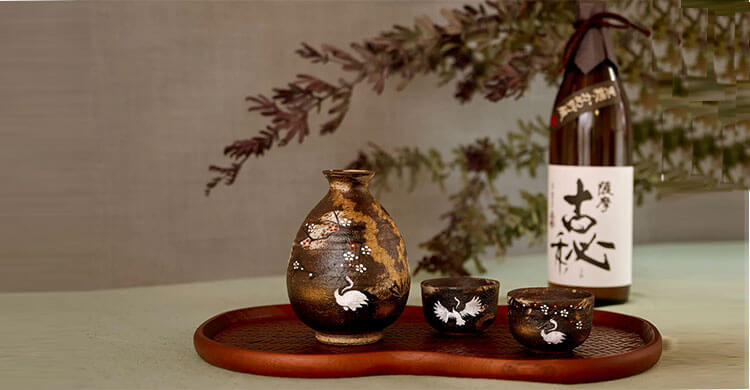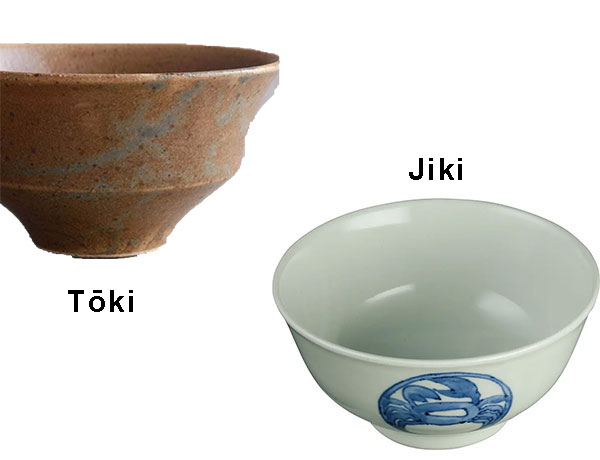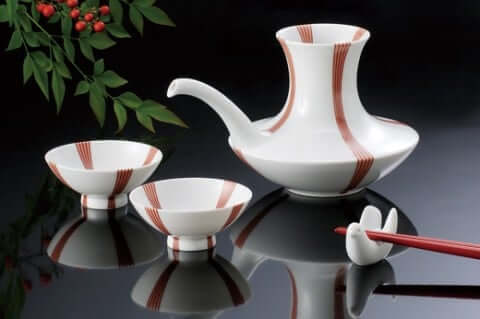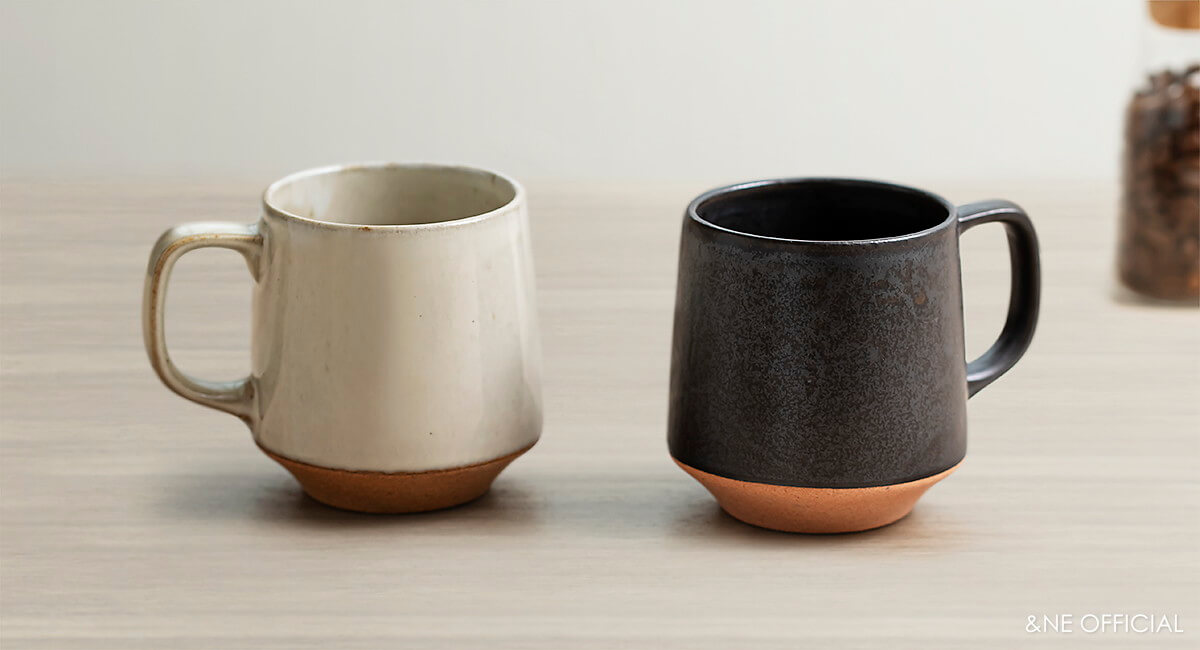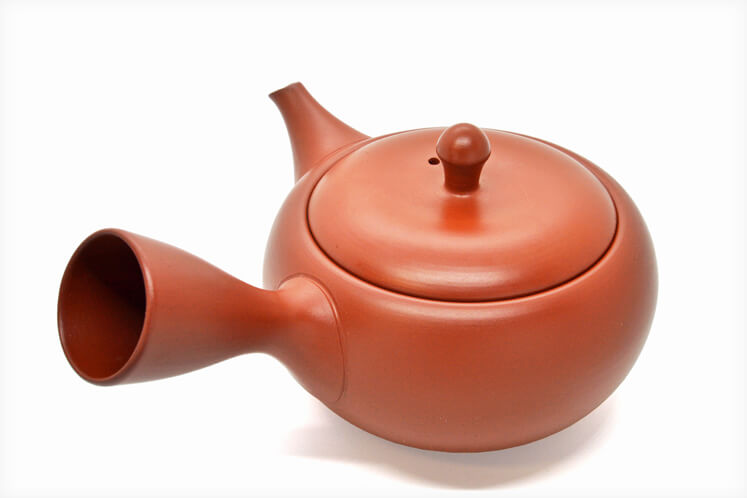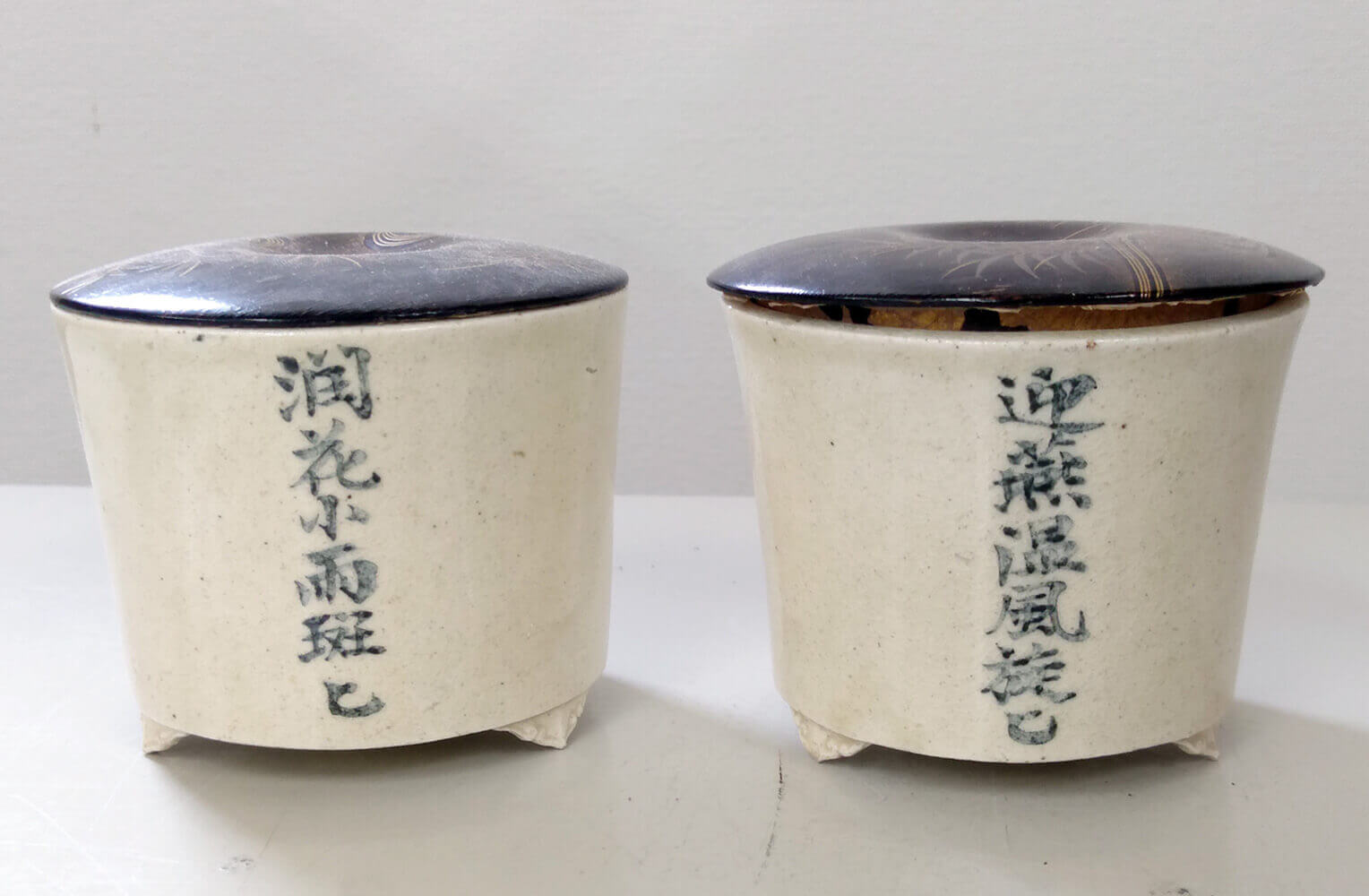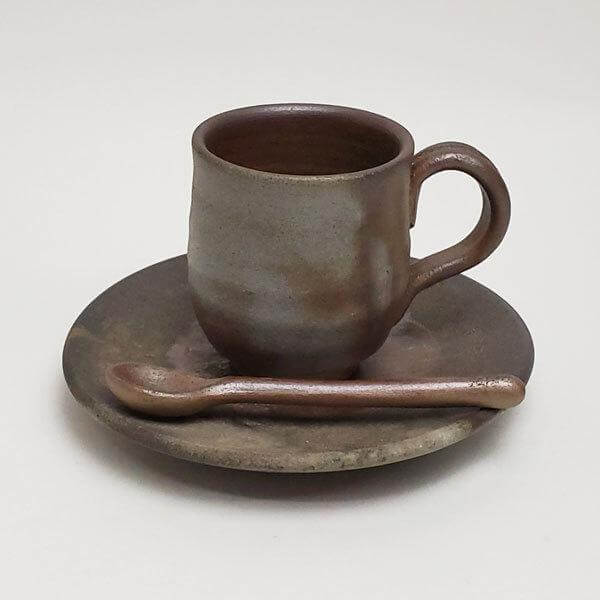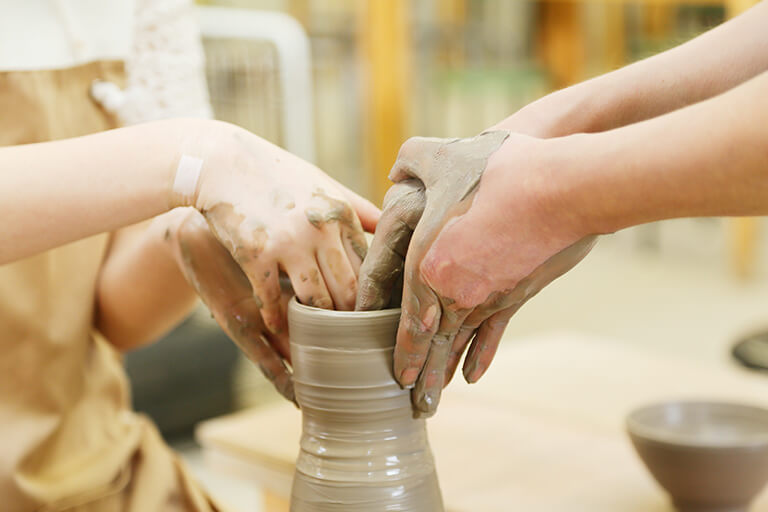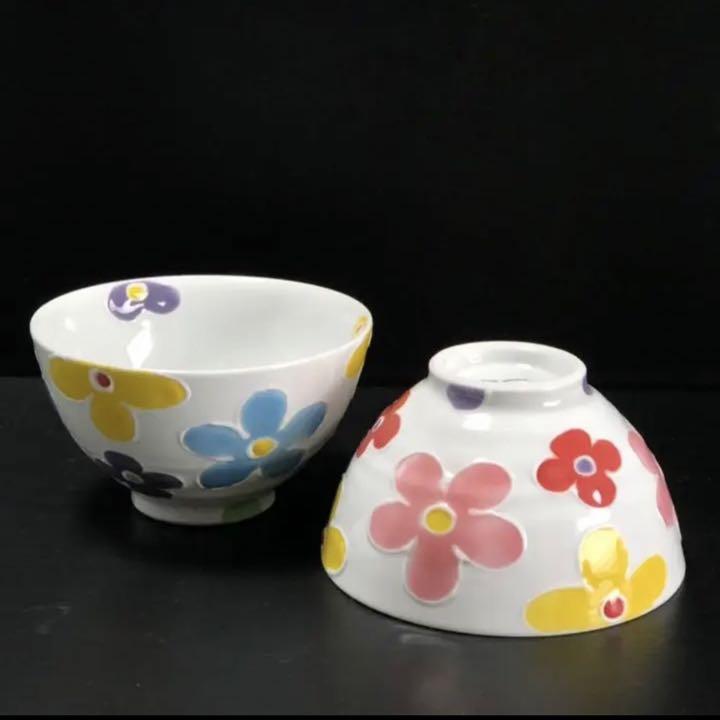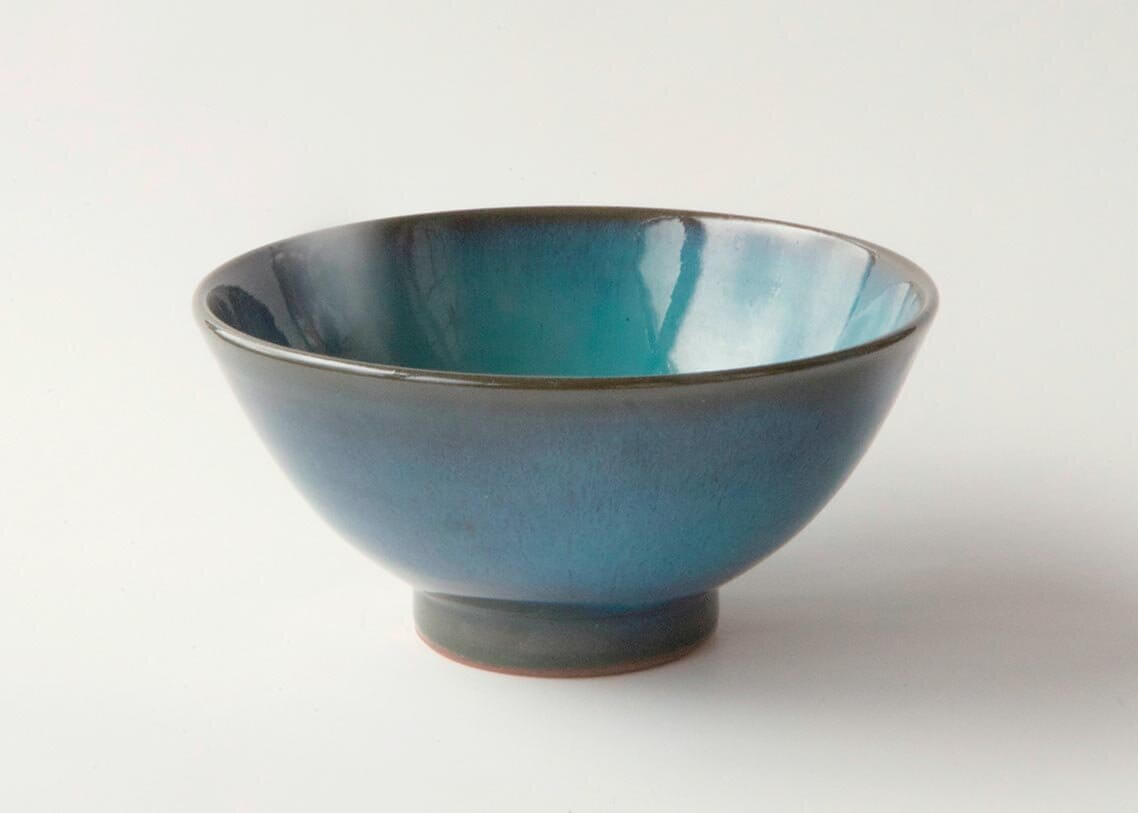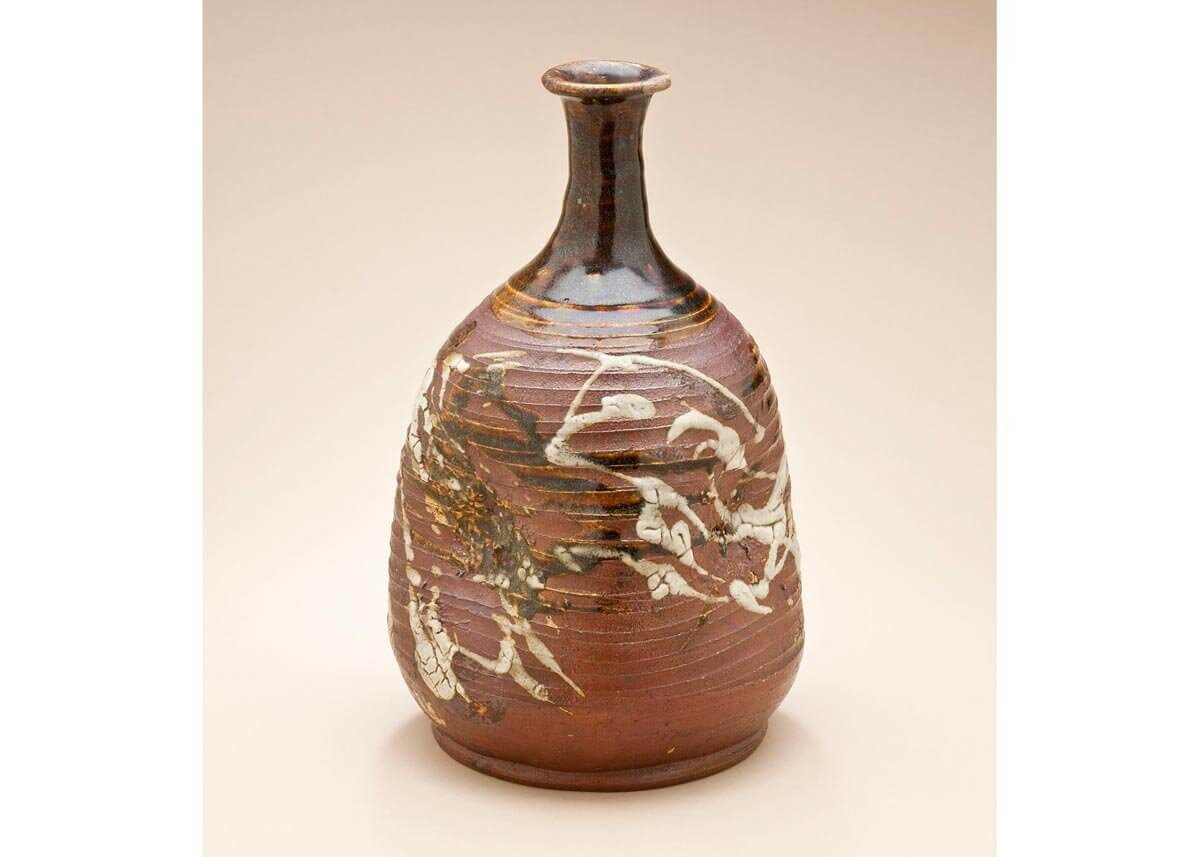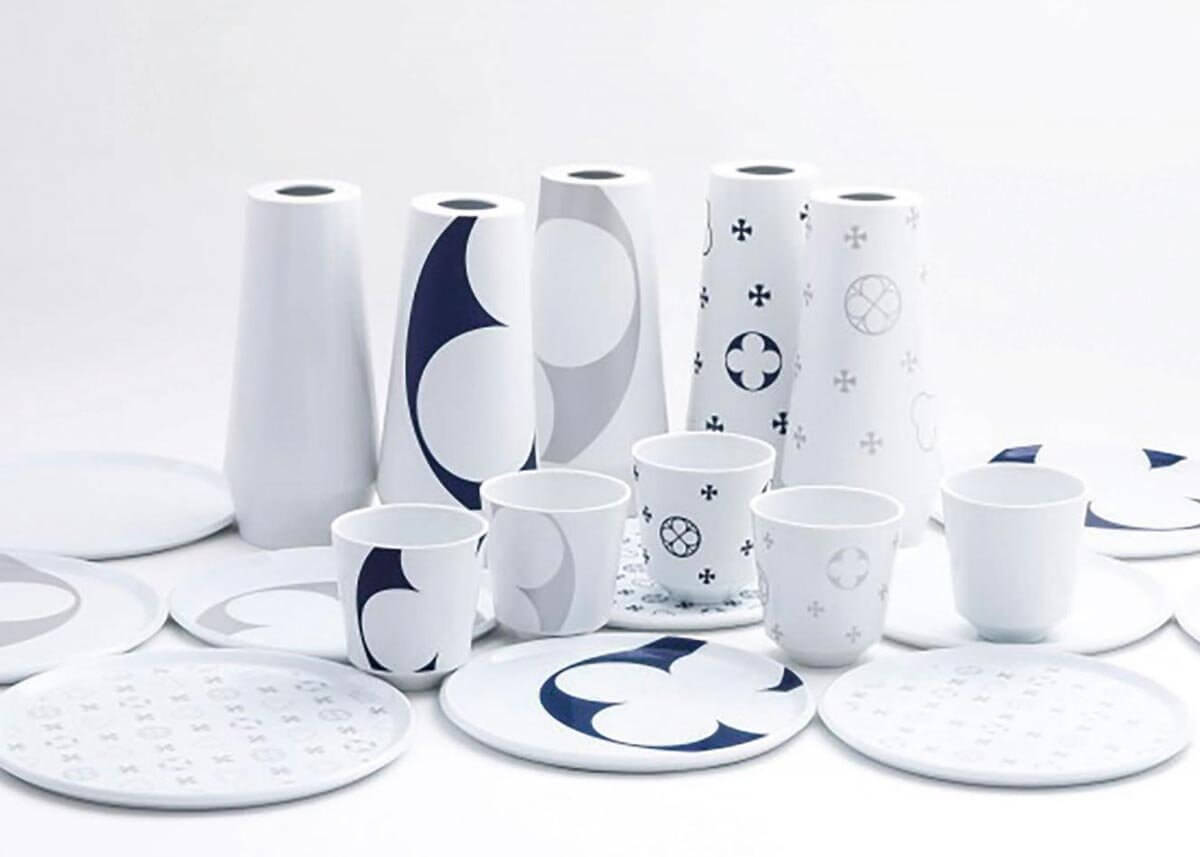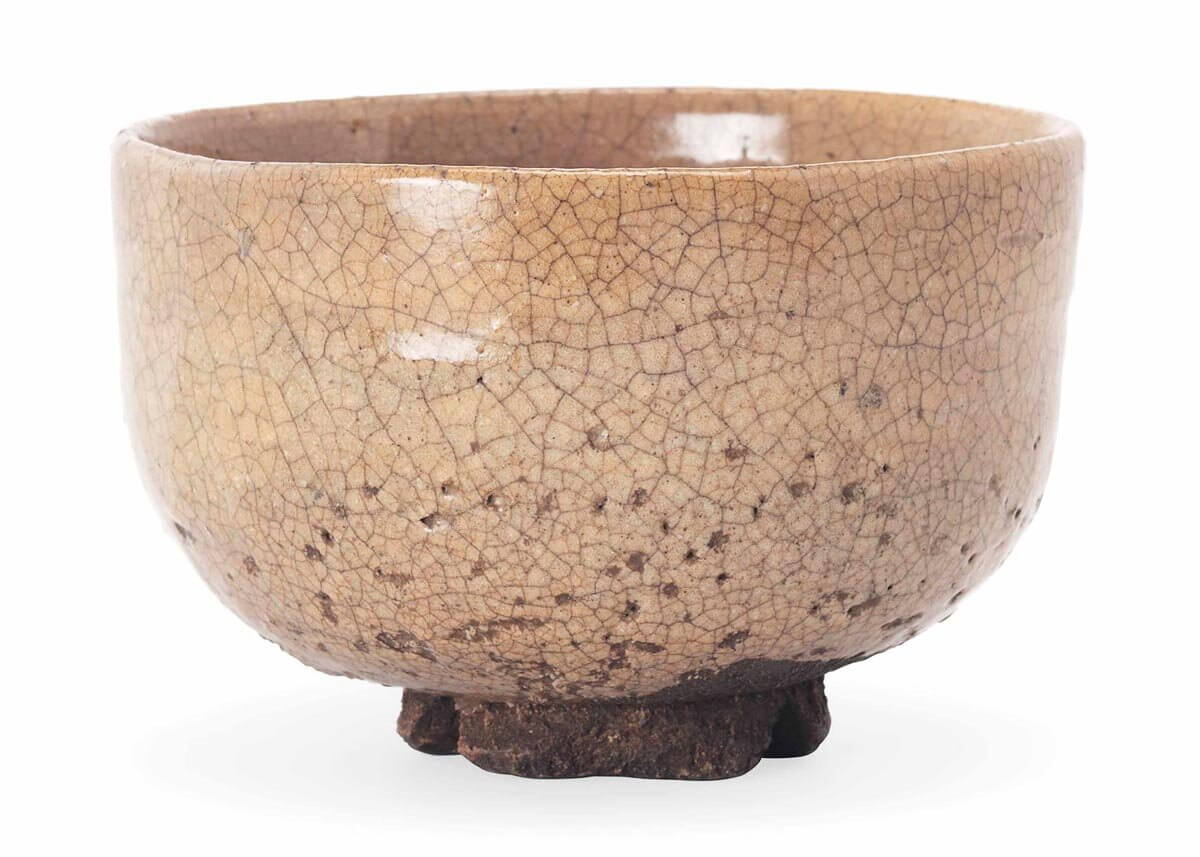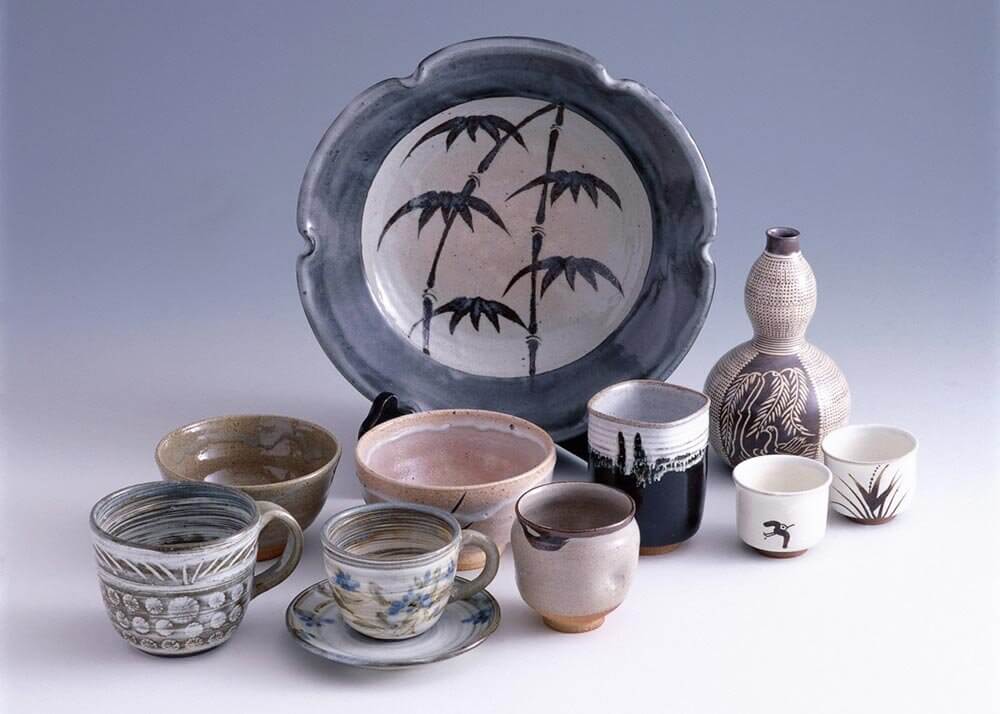Hi everyone how are you doing? Today’s subject is “Tōjiki (Ceramics)” that would be versatile in type in Japan.
So let’s begin with the “Japanese Yakimono” (pottery; earthenware; porcelain; ceramics)that can be said to be the best, as well as “Cool Japan” in the world.
A little more detail in kind of the “Yakimono”, we have mainly “Doki”(Clayware, chinaware), “Tōki”(Pottery), “Jiki”(Porcelain), and “Ceramics”.
The most well-known potteries among these are “Tōki” (Pottery) and “Jiki”(Porcelain).
So let’s see the video showing what’s different between Pottery and Porcelain.
Contents
What is the difference between porcelain and ceramics?
Pottery and ceramics are both types of fired objects, but they have some differences in their finer aspects.
Pottery is a type of fired object made from clay. Clay is a type of soil that becomes sticky and malleable when moistened, making it easy to shape.
Pottery has a lower firing temperature, which gives it absorbent and translucent properties. Additionally, pottery can be glazed to give it a glossy surface.
Ceramics, on the other hand, have a higher firing temperature compared to pottery, resulting in lower absorbency and no translucency. Ceramics are also harder and more heat-resistant than pottery.
In summary, here are the differences between pottery and ceramics:
★ Raw materials: Pottery is made from clay, while ceramics are a mixture of clay, feldspar, and quartz.
★ Firing temperature: Pottery has a low firing temperature, while ceramics have a high firing temperature.
★ Absorbency: Pottery is absorbent, while ceramics have low absorbency.
★ Translucency: Pottery is translucent, while ceramics are not translucent.
★ Hardness: Pottery is softer, while ceramics are harder.
★ Heat resistance: Pottery has low heat resistance, while ceramics have high heat resistance.
Both pottery and ceramics are fired objects, but they have distinct differences.
Pottery’s absorbent and translucent properties make it suitable for use in items like tableware and vases.
On the other hand, ceramics’ hardness and heat resistance make them ideal for products like microwave-safe and oven-safe dinnerware, as well as industrial applications.
What is typical pottery in Japan?
There are many famous pottery in Japan. Here, we will introduce some of the most famous ones.
★ Arita ware (aritayaki): Porcelain made in Arita town, Saga prefecture. It is characterized by its colorful design on white porcelain.

★ Mino ware (minoyaki): it made in Toki city, Gifu prefecture. It is popular for its simple design and ease of use.
★ Kutani ware (kutaniyaki): Porcelain made in Nomi city, Ishikawa prefecture. It is characterized by its vivid colors and luxurious patterns.
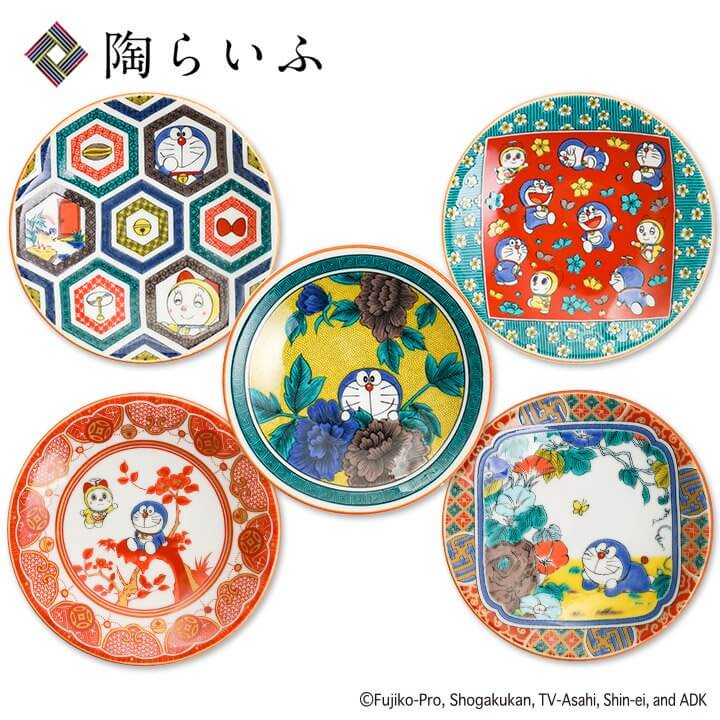
★ Shigaraki ware (shigarakiyaki): it made in Koka city, Shiga prefecture. It is characterized by its simple design and powerful shape.
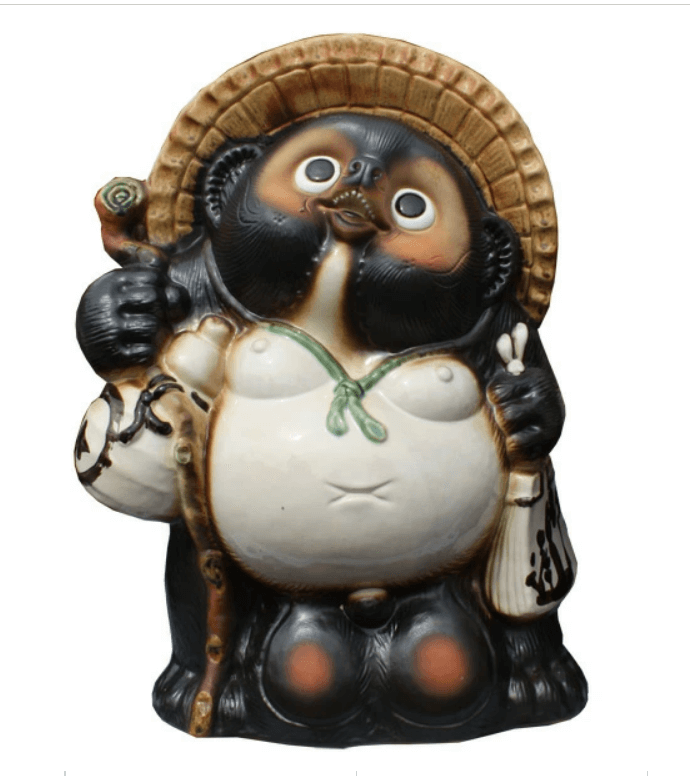
★ Tokoname ware (tokonameyaki): it made in Tokoname city, Aichi prefecture. It is often used for tea utensils and sake vessels.
★ Seto ware (setoyaki): it made in Seto city, Aichi prefecture. It is popular for its simple design and ease of use.
★ Bizen ware (bizenyaki): it made in Bizen city, Okayama prefecture. It is characterized by its simple design that utilizes the texture of the clay.
★ Mashiko ware (mashikoyaki): it made in Mashiko town, Tochigi prefecture. It is popular for its simple design and ease of use.
★ Hasami ware (hasamiyaki): it made in Hasami town, Nagasaki prefecture. It is characterized by its colorful design on white porcelain. These pottery are all known as traditional crafts of Japan.
They each have their own unique features and charms, and are loved by people all over the world.
What about ceramics
There are many famous ceramics in the world, especially in Japan. Japan has a long and rich history of pottery making, dating back to the ancient times.
There are many different styles and types of Japanese ceramics, each with its own unique characteristics and charm.
Some of the most famous ones are:
★ Agano Ware (Fukuoka): Produced around the town of Fukuchi, in Fukuoka prefecture, Agano-yakiis said to have begun in 1602. Lightweight and elegant, Agano ware is famous for its chawan (tea bowls), used in tea ceremonies.
★ Aizu-Hongo Ware (Fukushima): Aizu-Hongo ware is a traditional craft from the region of Aizu, in Fukushima prefecture, with a history of about four hundred years.
★ Amakusa Porcelain and Pottery (Kumamoto): In Amakusa pottery and porcelain were under control of the shogunate during the Edo period (1603-1868). Porcelain was already being baked in Amakusa around 1670.
★ Hagi Ware (Yamaguchi): Hagi-yaki is a form of porcelain manufactured in the town of Hagi, in Yamaguchi prefecture. The history of Hagi ware goes back to the Japanese invasion of Korea during the Azuchi-Momoyama period (1573-1600). The shogun Toyotomi Hideyoshi instructed his feudal lords to bring back Korean potters to teach in Japan.
★ Karatsu Ware (Saga): Karatsu-yaki is a type of porcelain manufactured since the 16th century in the Saga and Nagasaki prefectures. During the Azuchi-Momoyama period (1573-1600), Karatsu ware was highly appreciated for its tea vessels.
These are just some examples of the many famous ceramics in Japan. You can learn more about them by visiting the website The A-Z of Japanese Pottery: 32 Most Popular Ceramic Styles.
At the end, we have another blog of “Tōjiki (Ceramics) Part 2“, thanks for visiting

